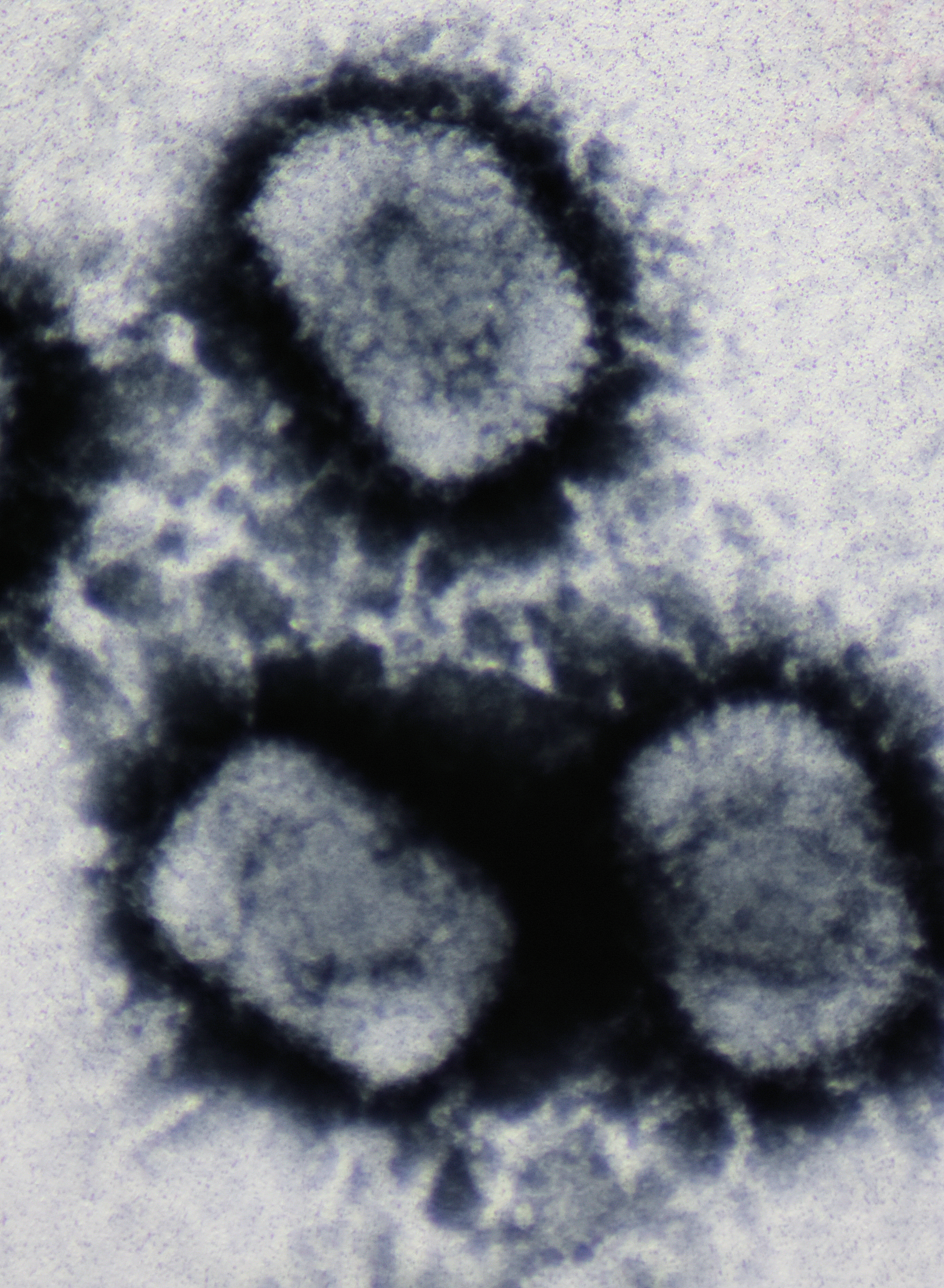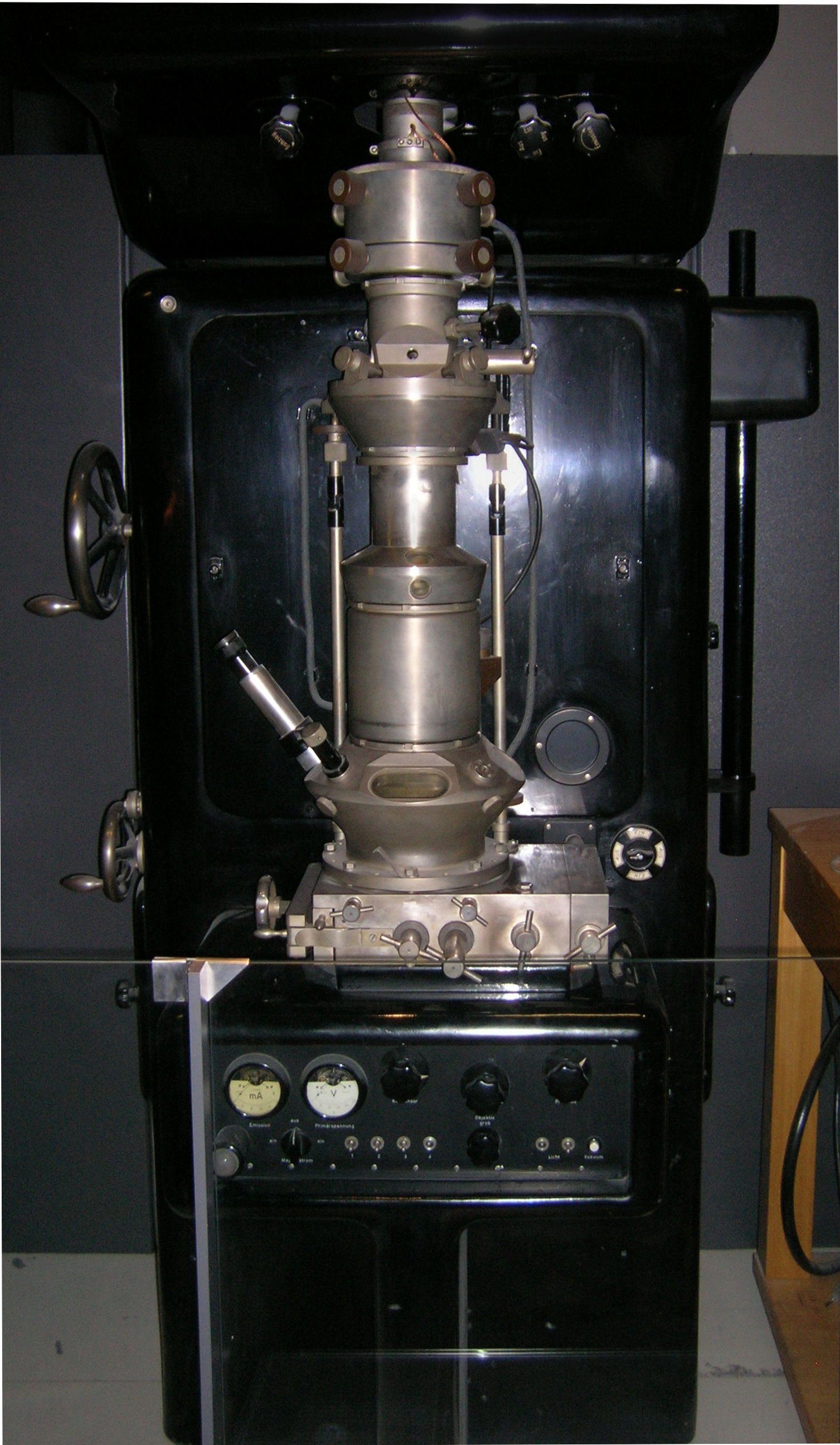|
Halspiviridae
''Halspiviridae'' is a family of viruses that consists of a single genus, ''Salterprovirus'', which consists of a single recognised species; ''Salterprovirus His1'' (hereafter, 'His1'). This virus was isolated from hypersaline water in Australia and was able to be cultured on the halophilic archaeon '' Haloarcula hispanica''. Like many other archaeoviruses, His1 has an approximately limoniform (lemon-shaped) virion. Etymology The family name, ''Halspiviridae'', is derived from halophilic and spindle-shaped, in reference to the habitat and virion morphology, respectively. The genus name, ''Salterprovirus'', is derived from salty terminal protein virus, as the linear dsDNA genome has proteins attached to the 5′ termini. Taxonomy The virion has a spindle-shaped morphology and is similar in shape to that of viruses infecting thermophilic archaea, the ''Fuselloviridae ''Fuselloviridae'' is a family of viruses. Sulfolobus species, specifically shibatae, solfataricus, and ... [...More Info...] [...Related Items...] OR: [Wikipedia] [Google] [Baidu] |
Double-stranded DNA Viruses
A DNA virus is a virus that has a genome made of deoxyribonucleic acid (DNA) that is replicated by a DNA polymerase. They can be divided between those that have two strands of DNA in their genome, called double-stranded DNA (dsDNA) viruses, and those that have one strand of DNA in their genome, called single-stranded DNA (ssDNA) viruses. dsDNA viruses primarily belong to two realms: ''Duplodnaviria'' and ''Varidnaviria'', and ssDNA viruses are almost exclusively assigned to the realm ''Monodnaviria'', which also includes some dsDNA viruses. Additionally, many DNA viruses are unassigned to higher taxa. Reverse transcribing viruses, which have a DNA genome that is replicated through an RNA intermediate by a reverse transcriptase, are classified into the kingdom ''Pararnavirae'' in the realm ''Riboviria''. DNA viruses are ubiquitous worldwide, especially in marine environments where they form an important part of marine ecosystems, and infect both prokaryotes and eukaryotes. They a ... [...More Info...] [...Related Items...] OR: [Wikipedia] [Google] [Baidu] |
Virion
A virus is a submicroscopic infectious agent that replicates only inside the living cells of an organism. Viruses infect all life forms, from animals and plants to microorganisms, including bacteria and archaea. Since Dmitri Ivanovsky's 1892 article describing a non-bacterial pathogen infecting tobacco plants and the discovery of the tobacco mosaic virus by Martinus Beijerinck in 1898,Dimmock p. 4 more than 9,000 virus species have been described in detail of the millions of types of viruses in the environment. Viruses are found in almost every ecosystem on Earth and are the most numerous type of biological entity. The study of viruses is known as virology, a subspeciality of microbiology. When infected, a host cell is often forced to rapidly produce thousands of copies of the original virus. When not inside an infected cell or in the process of infecting a cell, viruses exist in the form of independent particles, or ''virions'', consisting of (i) the genetic materia ... [...More Info...] [...Related Items...] OR: [Wikipedia] [Google] [Baidu] |
Transmission Electron Microscopy
Transmission electron microscopy (TEM) is a microscopy technique in which a beam of electrons is transmitted through a specimen to form an image. The specimen is most often an ultrathin section less than 100 nm thick or a suspension on a grid. An image is formed from the interaction of the electrons with the sample as the beam is transmitted through the specimen. The image is then magnified and focused onto an imaging device, such as a fluorescent screen, a layer of photographic film, or a sensor such as a scintillator attached to a charge-coupled device. Transmission electron microscopes are capable of imaging at a significantly higher resolution than light microscopes, owing to the smaller de Broglie wavelength of electrons. This enables the instrument to capture fine detail—even as small as a single column of atoms, which is thousands of times smaller than a resolvable object seen in a light microscope. Transmission electron microscopy is a major analytical method ... [...More Info...] [...Related Items...] OR: [Wikipedia] [Google] [Baidu] |
Uranyl Acetate
Uranyl acetate is the acetate salt of uranium oxide, a toxic yellow-green powder useful in certain laboratory tests. Structurally, it is a coordination polymer with formula UO2(CH3CO2)2(H2O)·H2O. Structure In the polymer, uranyl (UO22+) centers are bridged by acetate ligands. The remainder of each (heptacoordinate) coordination sphere is provided by an aquo ligand and a bidentate acetate ligand. One water of crystallization occupies the lattice. Uses Uranyl acetate is extensively used as a negative stain in electron microscopy."Negative Staining" University of Oxford Most procedures in electron microscopy for biology require the use of uranyl acetate. Negative staining protocols typically treat the sample with 1% to 5% aqueous solution. Uranyl acetate staining is simple and q ... [...More Info...] [...Related Items...] OR: [Wikipedia] [Google] [Baidu] |
Avalon, Victoria
Avalon (post code: 3212) is a locality situated north east of Geelong, Victoria. Its local government area is the City of Greater Geelong and its Ward is Windermere. It is located on the northern shore of Corio Bay to the southwest of the state's capital city of Melbourne. Economy Avalon is notable for Avalon Airport, which is the site of the biennial Australian International Airshow, the largest of its kind in the southern hemisphere. Although located on the outskirts of Geelong, the airport effectively operates as a second airport for the much larger city of Melbourne. In 2005, businessman Lindsay Fox launched plans to attract Australia's first Disneyland theme park to the area. When established in 2004, Jetstar had its headquarters on the grounds of Avalon Airport in Avalon, but has since relocated to the Melbourne central business district. Major industry in the area includes a factory producing concrete railway sleepers, and the Cheetham Saltworks. History Avalon S ... [...More Info...] [...Related Items...] OR: [Wikipedia] [Google] [Baidu] |
Archaea
Archaea ( ; singular archaeon ) is a domain of single-celled organisms. These microorganisms lack cell nuclei and are therefore prokaryotes. Archaea were initially classified as bacteria, receiving the name archaebacteria (in the Archaebacteria kingdom), but this term has fallen out of use. Archaeal cells have unique properties separating them from the other two domains, Bacteria and Eukaryota. Archaea are further divided into multiple recognized phyla. Classification is difficult because most have not been isolated in a laboratory and have been detected only by their gene sequences in environmental samples. Archaea and bacteria are generally similar in size and shape, although a few archaea have very different shapes, such as the flat, square cells of '' Haloquadratum walsbyi''. Despite this morphological similarity to bacteria, archaea possess genes and several metabolic pathways that are more closely related to those of eukaryotes, notably for the enzymes invo ... [...More Info...] [...Related Items...] OR: [Wikipedia] [Google] [Baidu] |
Haloarcula Hispanica
''Haloarcula'' (common abbreviation ''Har.'') is a genus of extreme halophilic Archaea in the class of Halobactaria. Cell Structure ''Haloarcula'' species can be distinguished from other genera in the family Halobacteriaceae by the presence of specific derivatives of TGD-2 polar lipids. ''H. quadrata'' has predominantly flat, square-shaped, somewhat pleomorphic cells. Metabolism ''H. quadrata'' was first isolated when researchers were attempting to culture ''Haloquadratum walsbyi'', a haloarchaeon that was thought to be unculturable until 2004. Similar to other halophilic archaea, ''Haloarcula'' species grow optimally at 40–45 °C. Growth appears in sheets of up to 65 cells often in the shape of a square or triangle. Taxonomy The genus of ''Haloarcula'' was long grouped with other halophilic archaea such as ''Halobacterium'' until genomic analysis prompted to reorder this genus in the new family of Haloarculaceae. Ecology ''Haloarcula'' species are found in neutral s ... [...More Info...] [...Related Items...] OR: [Wikipedia] [Google] [Baidu] |
Directionality (molecular Biology)
Directionality, in molecular biology and biochemistry, is the end-to-end chemical orientation of a single strand of nucleic acid. In a single strand of DNA or RNA, the chemical convention of naming carbon atoms in the nucleotide pentose-sugar-ring means that there will be a 5′ end (usually pronounced "five-prime end"), which frequently contains a phosphate group attached to the 5′ carbon of the ribose ring, and a 3′ end (usually pronounced "three-prime end"), which typically is unmodified from the ribose -OH substituent. In a DNA double helix, the strands run in opposite directions to permit base pairing between them, which is essential for replication or transcription of the encoded information. Nucleic acids can only be synthesized in vivo in the 5′-to-3′ direction, as the polymerases that assemble various types of new strands generally rely on the energy produced by breaking nucleoside triphosphate bonds to attach new nucleoside monophosphates to the ... [...More Info...] [...Related Items...] OR: [Wikipedia] [Google] [Baidu] |
Fuselloviridae
''Fuselloviridae'' is a family of viruses. Sulfolobus species, specifically shibatae, solfataricus, and islandicus, serve as natural hosts. There are two genera and nine species in the family. The ''Fuselloviridae'' are ubiquitous in high-temperature (≥70 °C), acidic (pH ≤4) hot springs around the world. Taxonomy The family contains the following genera and species: * ''Alphafusellovirus'' ** ''Sulfolobus spindle-shaped virus 1'' ** ''Sulfolobus spindle-shaped virus 2'' ** ''Sulfolobus spindle-shaped virus 4'' ** ''Sulfolobus spindle-shaped virus 5'' ** ''Sulfolobus spindle-shaped virus 7'' ** ''Sulfolobus spindle-shaped virus 8'' ** ''Sulfolobus spindle-shaped virus 9'' * ''Betafusellovirus'' ** ''Acidianus spindle-shaped virus 1'' ** ''Sulfolobus spindle-shaped virus 6 ''Sulfolobus'' is a genus of microorganism in the family Sulfolobaceae. It belongs to the archaea domain. ''Sulfolobus'' species grow in volcanic springs with optimal growth occurring at pH 2-3 ... [...More Info...] [...Related Items...] OR: [Wikipedia] [Google] [Baidu] |
Namib
The Namib ( ; pt, Namibe) is a coastal desert in Southern Africa. The name is of Khoekhoegowab origin and means "vast place". According to the broadest definition, the Namib stretches for more than along the Atlantic coasts of Angola, Namibia, and South Africa, extending southward from the Carunjamba River in Angola, through Namibia and to the Olifants River in Western Cape, South Africa. The Namib's northernmost portion, which extends from the Angola-Namibia border, is known as Moçâmedes Desert, while its southern portion approaches the neighboring Kalahari Desert. From the Atlantic coast eastward, the Namib gradually ascends in elevation, reaching up to inland to the foot of the Great Escarpment. Annual precipitation ranges from in the most arid regions to at the escarpment, making the Namib the only true desert in southern Africa. Having endured arid or semi-arid conditions for roughly 55–80 million years, the Namib may be the oldest desert in the world and conta ... [...More Info...] [...Related Items...] OR: [Wikipedia] [Google] [Baidu] |
Pleolipoviridae
''Pleolipoviridae'' is a family of DNA viruses that infect archaea. Taxonomy The following genera are recognized: *'' Alphapleolipovirus'' *'' Betapleolipovirus'' *'' Gammapleolipovirus'' References Viruses {{Virus-stub ... [...More Info...] [...Related Items...] OR: [Wikipedia] [Google] [Baidu] |


.jpg)
.jpg)